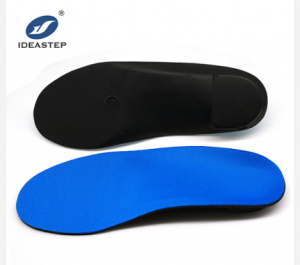
EVA soles can offer slip-resistant properties, but it depends on the specific design and treatment of the sole.
Some EVA soles are engineered with textures or patterns that improve traction and help prevent slips and falls on slick surfaces. However, in general, rubber soles still offer better slip resistance due to their natural grip and ability to conform to different ground surfaces. If slip-resistance is a crucial factor for your footwear needs, it’s recommended to look for shoes designed specifically with slip-resistant features in mind.
Which sole is not slippery?
Out of the various types of soles available, rubber soles tend to offer excellent slip-resistance due to their natural grip and ability to conform to different ground surfaces. Rubber soles are commonly used in work shoes, hiking boots, and outdoor footwear due to their durability, comfort, and slip-resistant properties. However, it’s important to note that no sole can provide 100% slip-resistance on every surface or condition, and other factors such as tread design, weight distribution, foot shape, and environmental conditions also contribute to slip resistance. If you need footwear with optimal slip resistance, look for products designed specifically for that purpose and check for certification labels like ASTM, OSHA, or SATRA, which indicate tested slip-resistance levels.
